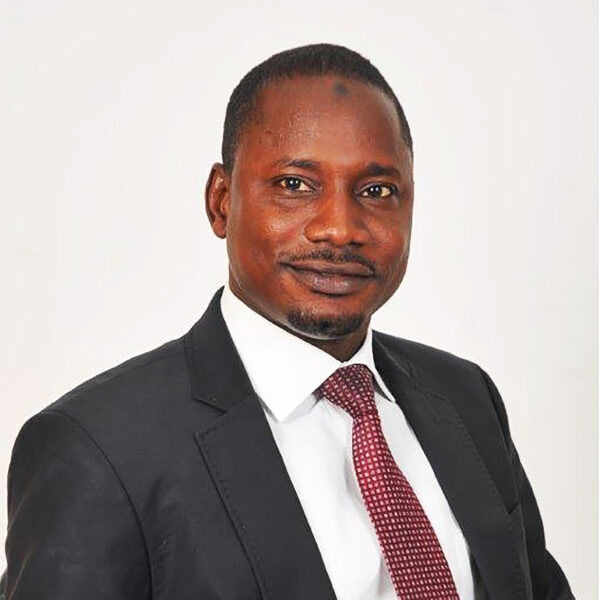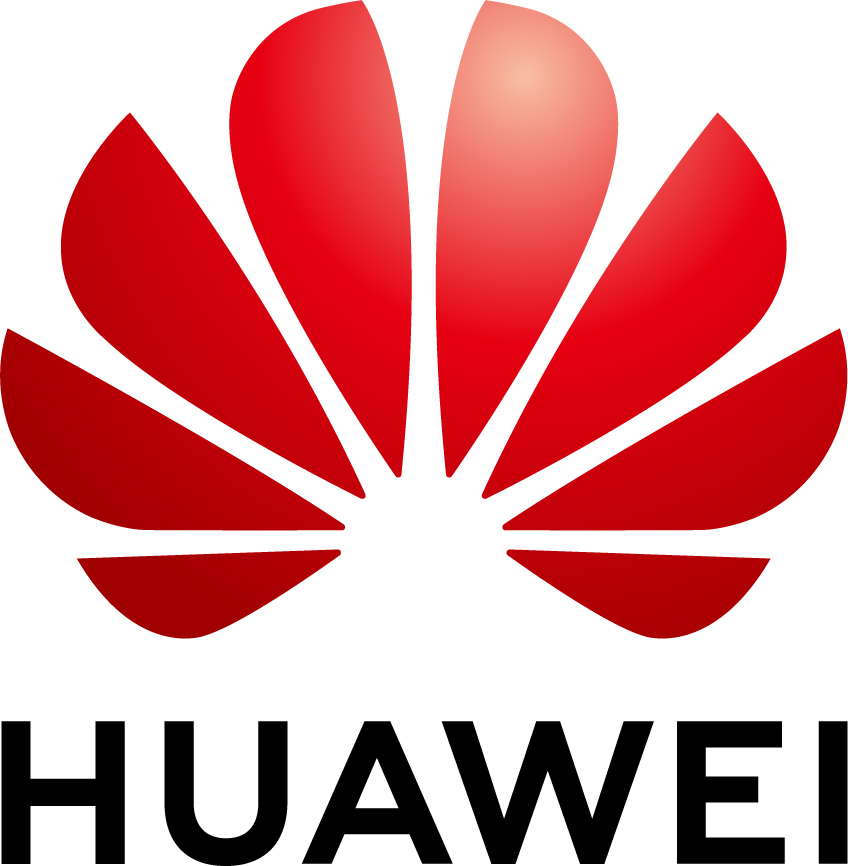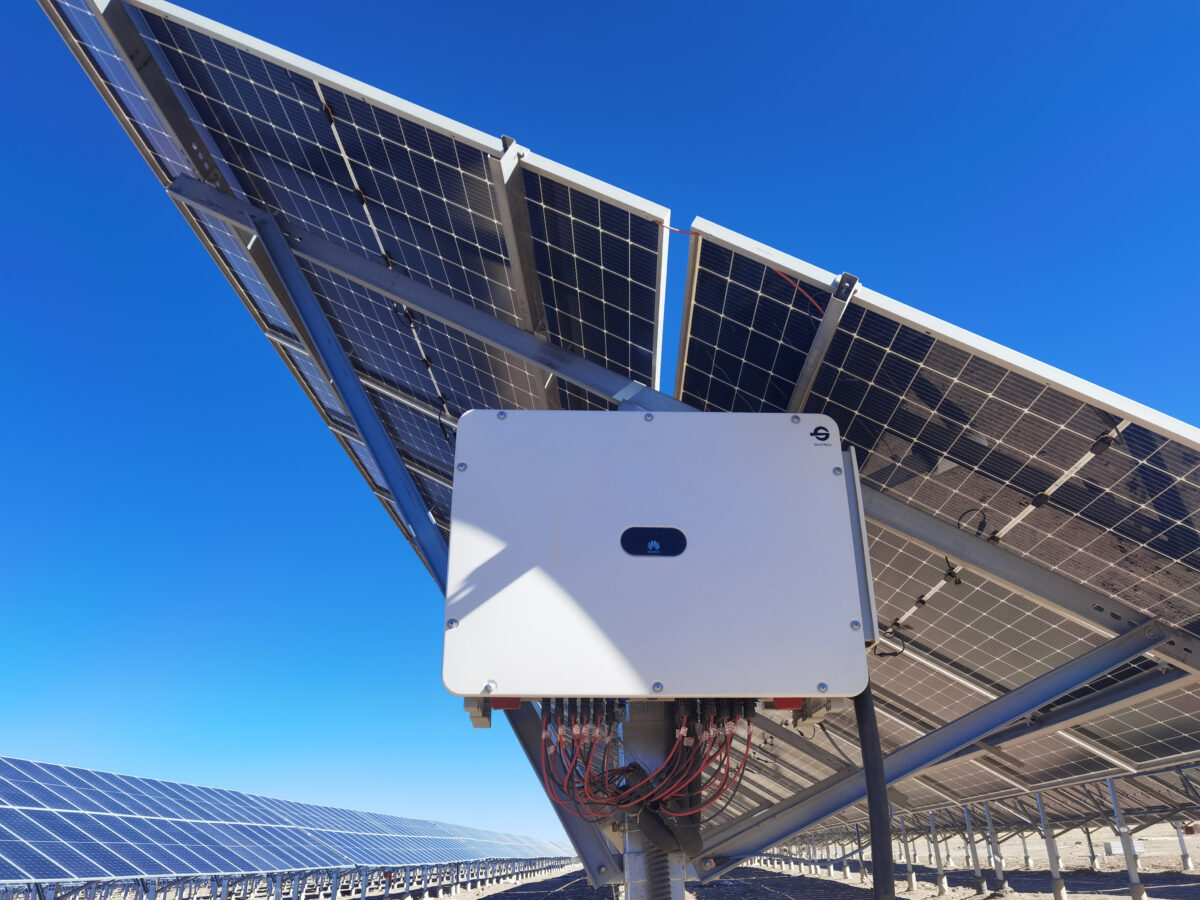What's the relationship between NEP and the REA?
The REA is Nigeria's federal government agency that was created to facilitate off-grid development. Initially, the country's power sector was integrated with a monopolistic arrangement. The sector was recently unbundled, based on the promulgation of the Electricity Power Sector Reform Act (EPSRA), and transmission, generation, and distribution were all separated. Private sector participation was encouraged by the act, and it led to the creation of the REA with the mandate of facilitating the Rural Electrification Fund and the development of off-grid electrification for rural and unserved areas.
As part of the implementation of the REA, the federal government, in collaboration with the agency, secured $250 million in funding from the World Bank and $200 million from the African Development Bank for the Nigerian Electrification Project (NEP). The project was designed to incentivize private sector participation and facilitate the development of sustainable electricity.
What's the current state of rural electrification in Nigeria?
There's a lot that needs to be done. Figures provided by the World Bank show that over 85 million people in Nigeria are either not served or are underserved in electricity, with most of them living in rural areas. A lot still needs to be done to provide electricity in rural areas.
What government policies are there to support the REA?
EPSRA provided the enabling ground for private sector participation. The federal government’s Vision 2030 has a framework where renewable energy is an integral part of the country. The Rural Electrification Strategy and Implementation Plan (RESIP) provides details for how the REA operates within the country and provides an operational framework.
What's the role of Huawei and other partners in achieving the REA’s goals?
We have different components designed to target specific areas of need. In all these components, there is a need for a huge provision of inverters, batteries, solar systems, PV panels, communication, and appliances that ensure mini-grids are working and communicating with a system that monitors their performance. The relationship with Huawei is the provision of these key requirements to build the mini-grids. We have seen lots of participation and collaboration with Huawei. This is because of the company’s presence in the country and because they have after-sales support systems that are attractive to EPC [engineering, procurement, and construction services] companies.
How many households, institutions, or businesses will benefit from the project?
Currently, we have built 83 mini-grids covering over 26,000 connections. We have over 200,000 connections in the pipeline, and we have over 1.4 million connections impacting over 6 million Nigerians for solar home systems. We cover seven teaching institutions (universities) and one hospital, helping over 150,000 students with a ready, conducive learning environment.
More from our partners

Image: REA Nigeria
How will people pay for electricity? What system is in place?
Based on our learning from phase 1, which is implemented, we had to develop a sustainability plan to make the project a hybrid whereby there is a connection with the distribution network. It's a hybrid system to ensure sustainability during the nighttime, when there is no solar irradiation. The system is connected to the distribution network at night and relies on grid provision during the day. There's a provision for metering for payment for all connections. There is adequate monitoring of all connections to ensure payment and utilization within the operational framework designed for the mini-grids.
What challenges do you face?
If you look at implementation in Africa, the Nigerian project has been a trailblazer. We have been the pace-setter and other African countries come to us to learn how we implemented our projects. Initially, it was challenging to have developers trust the system and buy into the idea. Many modifications and engagements had to be made to get the private sector in. At this moment, the private sector has seen the operating framework and has trusted the system. The challenge now is expansion because there is a lot of demand from the private sector to partner. Our challenge is having adequate funds to meet the demand.
What role do you see for technology and innovation in improving access to power in remote areas, and how is the REA leveraging these tools to achieve its goals?
We have seen the effectiveness of technology in implementing the NEP. Without technology, some of the NEP’s key objectives wouldn't have been achieved. We use technology to verify the connections, monitor the performance of the mini-grids, and ensure we reduce commercial losses and technical losses. Without technology, nothing can be achieved under the NEP. If you look at the cost of PV panels 10 years ago compared to now, there is a massive reduction in price due to technological improvements. Without technology, we would never have achieved even 10% of our accomplishments. I see technology as continually playing a role in shaping how we work, reducing costs, and making work easier.
Can you tell us about success stories?
We have deployed 83 functional mini-grids, distributed countrywide, with over 1.4 million solar home systems that are working. We’ve also stimulated private sector participation and have improved the economy by creating direct and indirect job opportunities.
The questions and responses in this sponsored interview article were provided by Huawei and REA Nigeria.
This content is protected by copyright and may not be reused. If you want to cooperate with us and would like to reuse some of our content, please contact: editors@pv-magazine.com.



1 comment
By submitting this form you agree to pv magazine using your data for the purposes of publishing your comment.
Your personal data will only be disclosed or otherwise transmitted to third parties for the purposes of spam filtering or if this is necessary for technical maintenance of the website. Any other transfer to third parties will not take place unless this is justified on the basis of applicable data protection regulations or if pv magazine is legally obliged to do so.
You may revoke this consent at any time with effect for the future, in which case your personal data will be deleted immediately. Otherwise, your data will be deleted if pv magazine has processed your request or the purpose of data storage is fulfilled.
Further information on data privacy can be found in our Data Protection Policy.